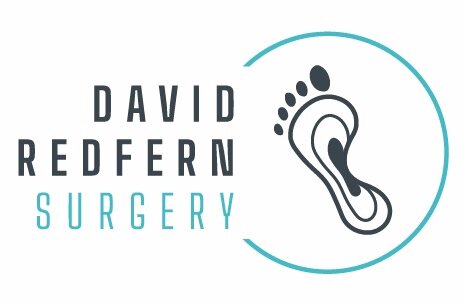Achilles Tendon Rupture & Reconstruction
The Achilles tendon is a large and important tendon which lies behind the ankle. It connescts the strong muscles in the calf to the heel bone (calcaneum) and helps to bend the ankle downwards which is important for propelling the body forwards when walking and running.
Typically, a rupture of the Achilles tendon occurs with a sudden and explosive contraction of the calf muscle often when playing racquet sports (tennis, badminton and squash) but can also occur as a result of a stumble, fall or even just missing a step. Rarely, it can occur spontaneously without an injury or after specific antibiotic treatment (Fluoroquinolones).
When the Achilles tendon ruptures patients often report feeling / hearing a snap. It is usually initially painful but not always and generally not for long. The lack of severe persisting pain and can that patients don’t always realise there has been a significant injury. In particular, the fact that patients can often still walk immediately after an Achilles rupture means that these injuries can sometimes initially be missed. Swelling and bruising appear within hours but are variable.
Unfortunately the condition is often misdiagnosed as a sprain. However, an experienced foot and ankle specialist such as Mr Redfern will be able to make the diagnosis using specific tests. One simple and reliable test is called the Thompson’s test or calf squeeze test. This involves squeezing the muscles at the back of the leg and watching for movement in the foot.
Specialist imaging such as ultrasound and/or MRI is usually required in order to fully assess the extent and position of the rupture and guide optimal treatment.
TREATMENT
A ruptured Achilles tendon can be treated either with or without surgery. Most patients are now optimally treated without surgery. However, surgery may be advised depending on the features of the rupture (such as gapping between the tendon ends) and the sporting / physical demands of the patient and this decision needs to be made by an expert such as Mr Redfern.
Non-surgical treatment
Most patients are now treated without surgery. This involves using a cast or more often, a removable boot with removable wedges to control the ankle position. Generally the boot is worn for 10 weeks before removing and continuing with a regime of specialist physiotherapy to restore function. Most patients return to full activity by 6 months following the injury but it can take up to a year.
Surgical treatment
Surgery can sometimes be recommended in specific circumstances in order to give the best chance of return to full function and minimise the risk of a further rupture of the tendon. Using less invasive surgery, many of the problems encountered with older techniques are avoided. However, the ankle / leg still needs to be immobilised in a boot with wedges for 10 weeks. It generally takes approximately six months to return to normal activity but it can take up to a year.






